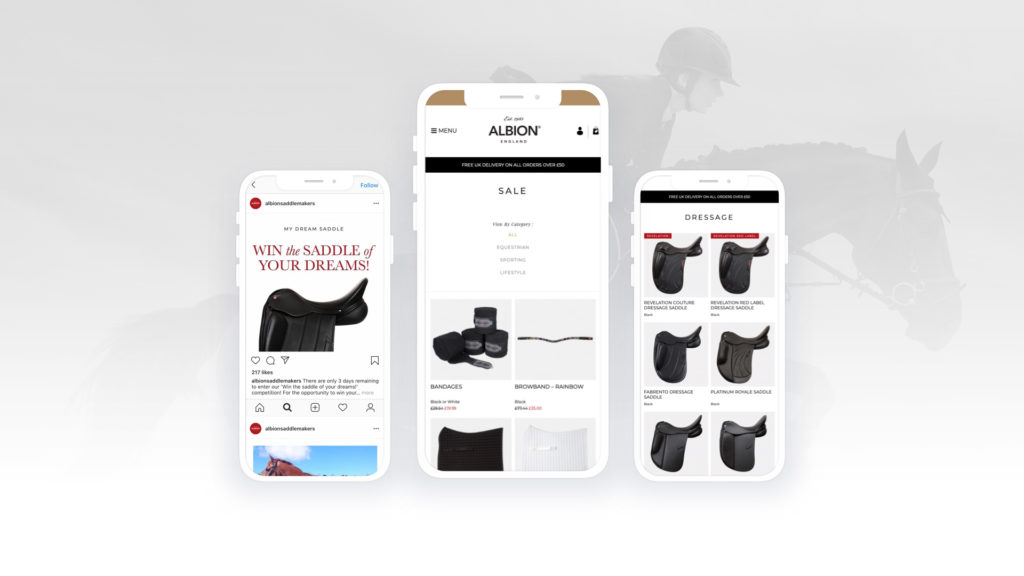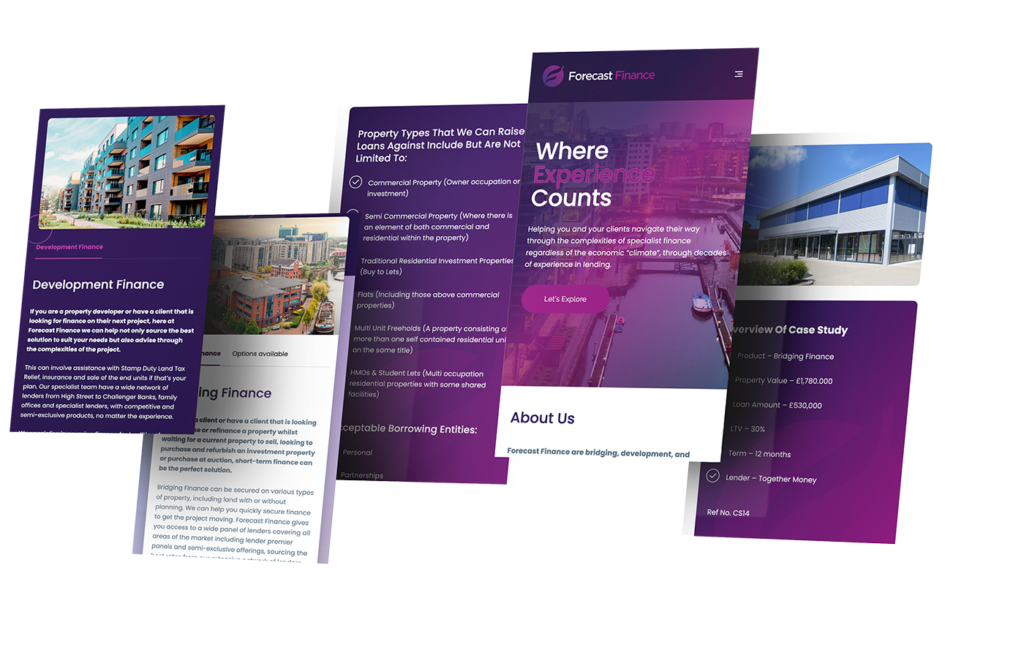Could Geo-Targeting Be Your Next Marketing Tool?
WHY IS GEO-TARGETING USEFUL?
Nearly 83% of all internet usage is from mobile phones, and the number of people accessing the internet from their phone is creating big opportunities for marketers to target us on a hyper-local level. Not only this, but marketers can now dynamically target our behaviour and personalise our experience by matching campaigns to our physical location.
To show you just how effective geo-targeting can be, in some cases, the ability for marketers to target consumers with real-time ads has driven a 50% increase in footfall and a 25% increase in purchases. This can be directly associated with how relevant the advertising is concerning what someone is doing and where they are when they receive it.
HOW DOES IT WORK?
15.2 million UK users are using a location-based service either to search for a local business or check into a location such as cafés, clubs and shopping centres.
Geo-targeting, or location-based marketing, works by delivering content to a user based on their geographic location. Currently, businesses can do this in several ways:
- Social media apps with check-in features, such as Facebook and Foursquare, enable customers to receive promotional offers from shops and businesses close to their location at the time they check in.
- Companies such as Groupon and Amazon have pushed forward a mobile couponing model where a marketer can target their campaign to appear on the device of a customer browsing the internet within a given distance of their business. All a consumer needs to do is click on a mobile banner and redeem a coupon in-store.
- Businesses can use classified advertising on platforms such as Google+. This is being used more frequently by smaller service-based businesses as there is less wastage when compared to other forms of advertising.
WHAT ARE THE EFFECTS OF GEO-TARGETING?
The Mobile Location Leadership Forum predicted that location-based ads will eventually make up 40% of ad spend, and the number of location-aware applications will triple by 2019.
Bruce Rogers, chief insights officer and head of the chief marketing practice at Forbes Media, reported that 90% of sales still occur at in-store locations, but while shopping, consumers are still heavily connected to their devices, which means marketers have a direct line to in-store consumers.
Every brand and retailer is interested in creating an experience in which purchasing an item is as easy as ordering an Uber taxi. Location may be the key to creating a relevant and convenient experience.
TIPS ON GEO-TARGETING FOR YOUR BUSINESS
- Find a venue where you will reach your target audience. Stadiums, airports, universities and shopping centres are examples of specific venues that can be targeted in order to reach audiences. Use these consumer characteristics to time and target your marketing. For example, airports on weekdays are a great source of business travellers looking for high-end restaurants
- Define a radius by distance or by time around your store/area of interest. Geo-fencing allows marketers to set a perimeter around a physical location in which ads can be delivered. For geo-fencing ads, they may include creative messages acknowledging the user’s location or may include location-based features such as a store locator. Another way to define a perimeter is not by distance, but by time. A company named iGeolise developed a platform they call TravelTime, an API that allows mobile apps and sites to search by time rather than distance.
- Use location-specific keywords when browsing in a search engine. For example, ‘city centre restaurants” provide location intent that you can target. Include location terms such as area code, postcodes, neighbourhood, community name, nearby landmarks, and popular venues.
- Predict your geographical audience. Geography can also be used to predict desirable demographics and information about users in that area. Neighbourhoods can often be delineated by residents’ income bracket, age, ethnicity, education, and many other demographics or interests.
Knowing your business’s target audience and matching it up with where they live or work helps you find those who might be most interested in your product or service.
- Analyse consumer behaviour and preference by their past search visits. Location history of a consumer provides a lot of information specific to that person: where they like to shop, what they like to buy, how often they make the trip, and even how they get there. Obtaining this information gives great insight to marketers that enhances the ability to target consumers and deliver relevant, responsive location-specific ads and information, even if the consumer is not currently in that area.
HOW HAVE OTHERS USED GEO-TARGETING?
IKEA attempted to increase in-store traffic through geo-targeting. They created a test campaign on Facebook using targeted advertising. The campaign was conducted over two weeks, matching Facebook usage and EE data to measure the uplift in visits to the Ikea store in Cardiff from those who had seen targeted Ikea adverts on Facebook. The results showed an 11% average increase in store visits among more than 172,000 people who were served adverts, compared with an otherwise identical same-size group that had not seen the adverts.
Location has always been important within marketing, even in more traditional forms such as newspapers. When a business is advertising in a newspaper, they will pick the publication based on its target audience’s location and interests. With access to geo-targeting, location is set to take on an even bigger and more up-to-the-second role in marketing, which can now be measured rather more reliably.


















